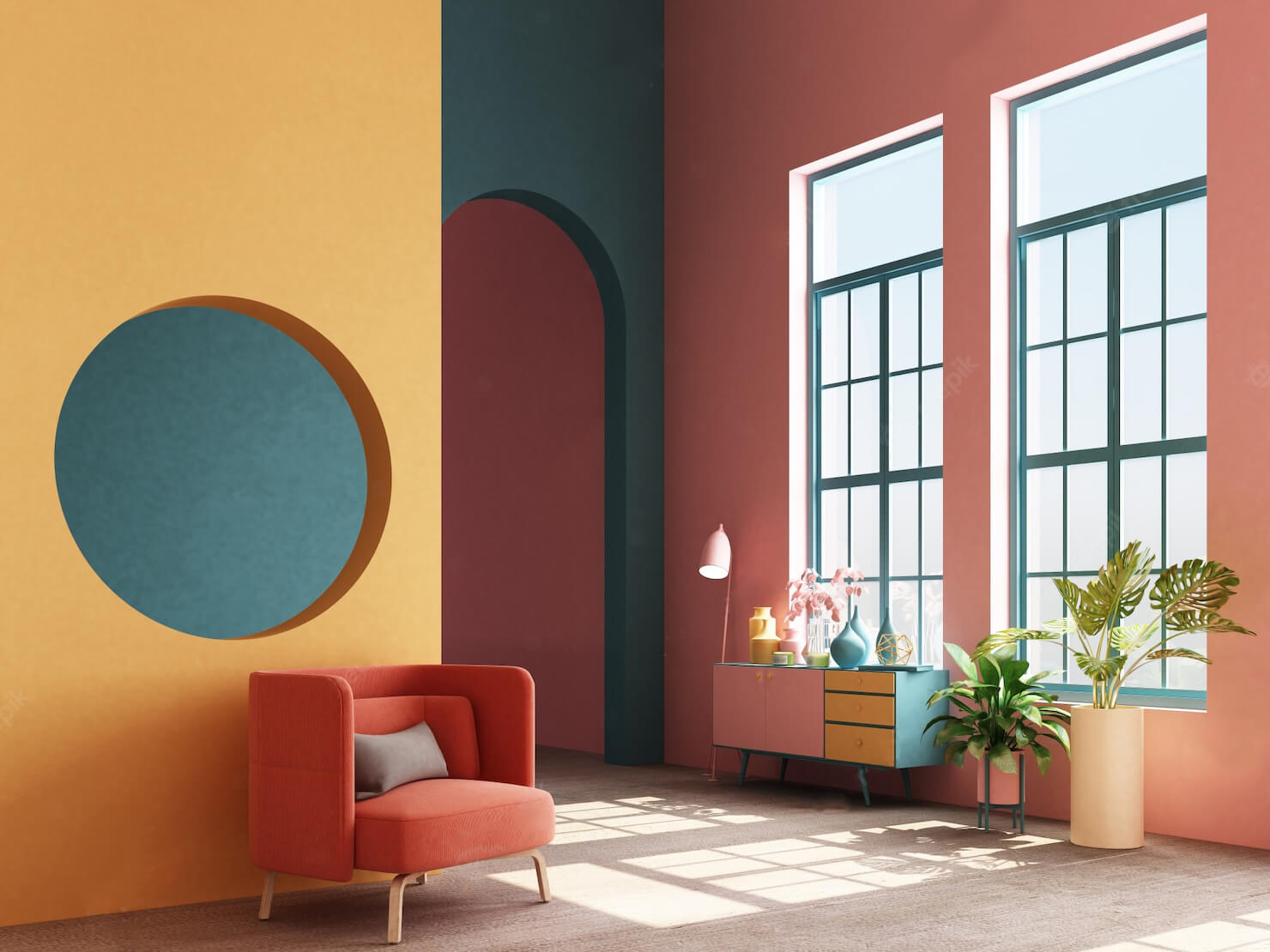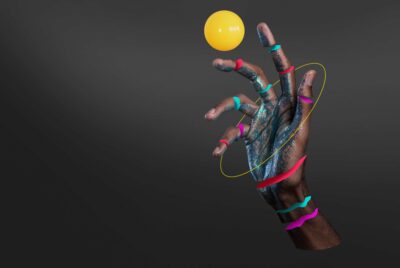UX design is evolving, and the trend is clear—realism is taking center stage. From hyper-realistic 3D elements to lifelike micro-interactions, digital experiences are becoming more tangible, intuitive, and engaging. As technology advances, users expect interfaces that feel natural, immersive, and emotionally connected to their real-world interactions.
But what does this shift towards realism in UX design mean for businesses, designers, and users? Let’s dive in.
The future of UX isn’t just about looking good—it’s about feeling real.
MotionPulse
What is Realism in UX Design?
1. 3D Elements & Immersive Interfaces 🎨
Flat design is making way for depth, shadows, and realism. 3D graphics, interactive animations, and lifelike textures create interfaces that feel more tactile and engaging.
🔹 Example: Apple’s iOS has shifted from completely flat icons to subtle depth and shading, making UI elements feel more natural.
- Micro-Interactions & Haptic Feedback 🔄
Small but powerful animations—like buttons subtly reacting to clicks—make interactions feel more real and intuitive. Haptic feedback (vibrations and touch responses) further enhances the physicality of digital experiences.
🔹 Example: When you “like” a post on social media and the heart gently expands and vibrates, that’s micro-interaction-driven realism at work.
- AI & Personalized UX 🤖
AI-driven design adapts interfaces based on user behavior, making digital experiences feel custom-tailored and organic—like a real-world conversation rather than a rigid system.
🔹 Example: Smart assistants like ChatGPT, Siri, and Google Assistant adapt to user behavior, making interactions feel more natural and human-like.
- AR & VR Integration 🕶️
Augmented Reality (AR) and Virtual Reality (VR) are blurring the lines between the digital and physical world. E-commerce, education, and even social media are leveraging AR to make interactions more immersive and engaging.
🔹 Example: IKEA’s AR-powered app lets users place realistic 3D furniture models in their living spaces before purchasing.
Why Realism in UX Matters
The move toward realism in UX design isn’t just about aesthetics—it’s about enhancing usability, engagement, and emotional connection. Realistic interfaces:
✅ Increase User Retention – More engaging interactions keep users coming back.
✅ Enhance Accessibility – Natural, intuitive interfaces improve usability for all users.
✅ Strengthen Brand Trust – Lifelike, responsive design makes digital interactions feel more human.
The Future of Realism in UX Design
As AI, AR, and interactive design continue to evolve, the digital world will feel less like a screen and more like a natural extension of reality. Brands that embrace this shift will create more immersive, engaging, and memorable user experiences.
At MotionPulse, we specialize in creating forward-thinking digital experiences that blend realism, innovation, and usability. Whether it’s 3D design, AI-driven UX, or interactive branding, we help businesses stay ahead of the curve.
Ready to bring realism to your digital experience? Let’s make something extraordinary.




